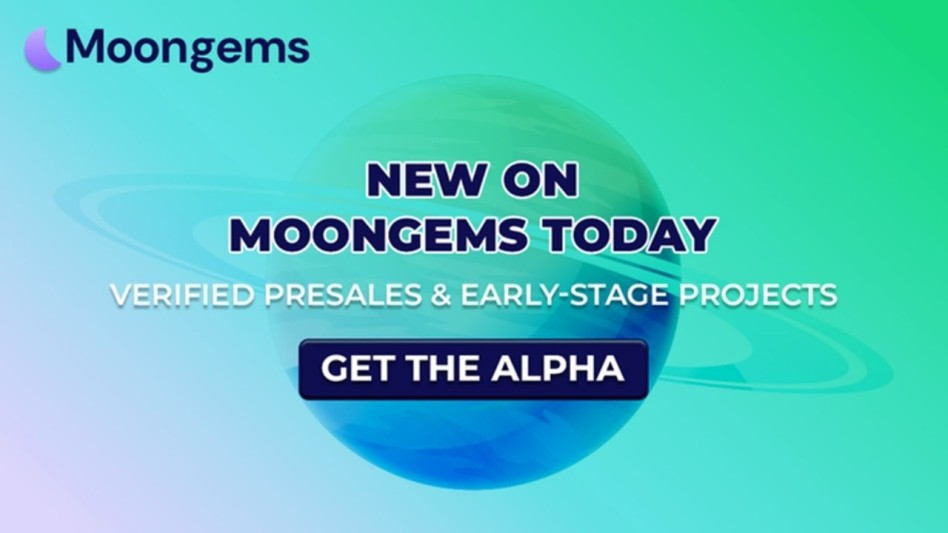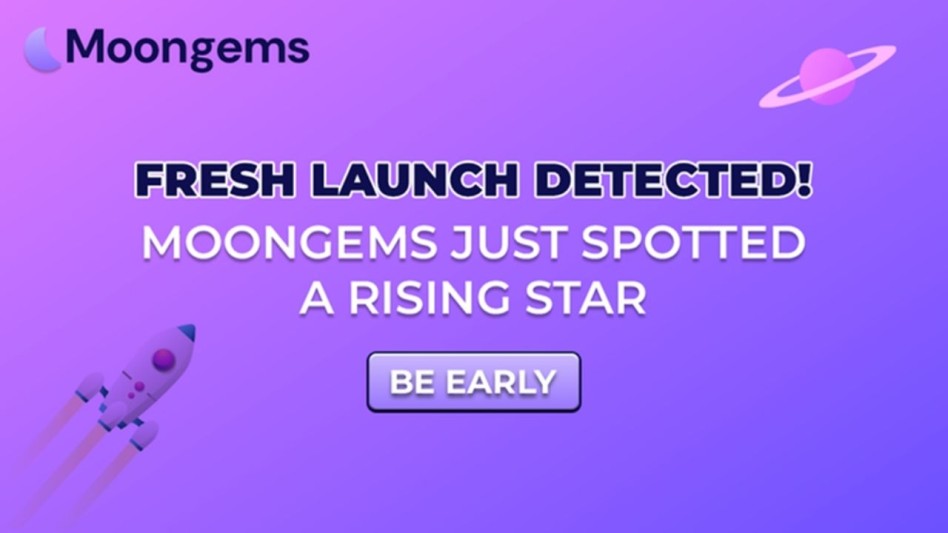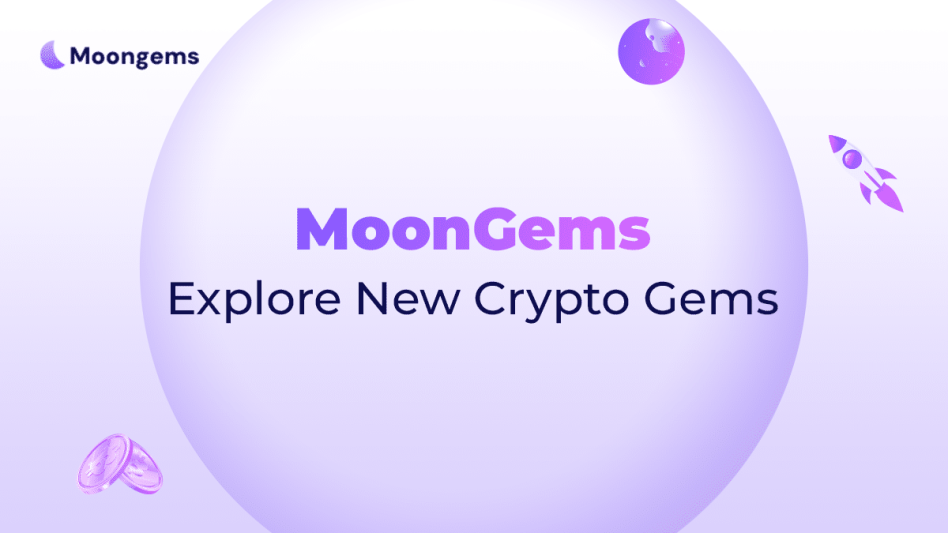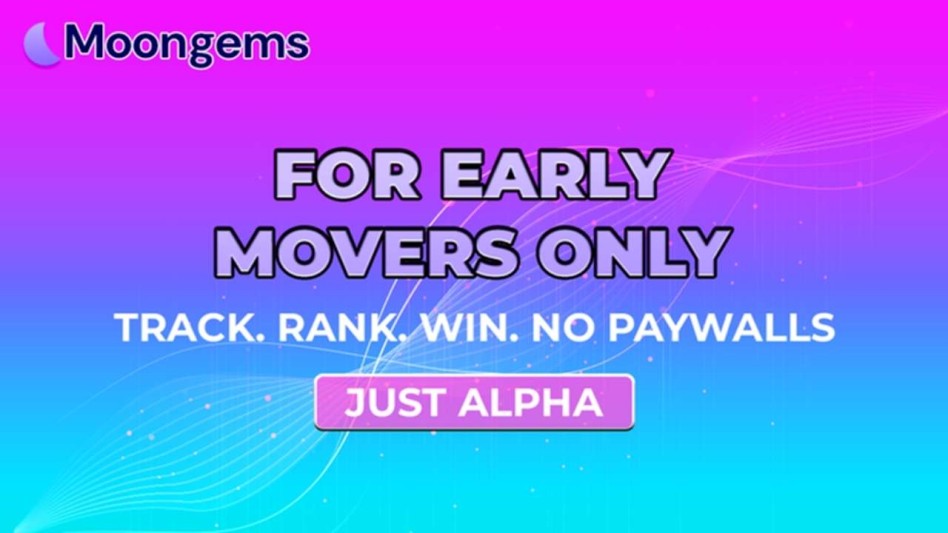Author: Jawad Hussain – Crypto Analyst & Web3 Researcher | 9+ years tracking presales, IDOs, and token launches. Follow him on Twitter
Presales are where wealth can be made—but also where it's easily lost. In 2025, we’re seeing a new wave of early-stage projects fueled by hype, influencer endorsements, and FOMO-fueled marketing. But not every project is built to last. That’s why learning how to evaluate a crypto project before launch isn’t just helpful—it’s absolutely necessary.
So whether you're a first-timer looking to back your first presale or a seasoned degen who’s been burned once too often, this checklist of 7 essential steps will help you separate legit launches from sketchy scams.
Why Early Evaluation Can Make or Break Your Investment
Let’s rewind to 2021 for a second. Imagine spotting Solana under $1 or being early to Polygon before its breakout. Those investors didn’t just get lucky—they did their homework.
Now flip that: remember all the hype projects that rugged, dumped 90% overnight, or disappeared? Same market. Different results. The difference is in the due diligence.
When you take time to evaluate a project before it launches, you avoid walking blindly into liquidity traps, centralized control schemes, or vaporware promises.
Let’s break it down step by step.
1. Check the Whitepaper (But Read Between the Lines)
Every legit project should have a whitepaper. But here’s the catch: just having one doesn’t mean the project’s solid.
What to look for:
- Clear problem statement and solution
- Defined use case and user journey
- Details on tokenomics, team, and roadmap
- Realistic goals and measurable KPIs
Red flags:
- Vague buzzwords (“Web3 revolution,” “changing the world”)
- No math, no numbers, no utility
- Copy-pasted templates or contradictory claims
Tip: If the whitepaper reads more like a pitch deck than a business model, it’s time to walk.
2. Research the Team’s Track Record
In crypto, the team is often the product—especially before launch. Anonymous teams aren't always a dealbreaker (hello, SHIB), but verified teams are always better.
Look for:
- Public LinkedIn profiles
- Previous startup or blockchain experience
- GitHub activity (for devs)
- AMA sessions and public interviews
Warning signs:
- No bios or fake photos
- No past projects to show
- Dodging transparency questions on Discord or Telegram
If they’re asking for your ETH, they should be willing to show their face.
3. Analyze the Tokenomics in Detail
You’ve heard this before, but it’s worth repeating: tokenomics can make or break a project. A project can have hype and tech, but if the supply is skewed, insiders will dump and you’ll get left holding the bag.
Use the MoonGems dashboard to check:
- Total and circulating supply
- Insider allocations (team, VC, advisors)
- Vesting schedules and cliff unlocks
- Deflationary vs. inflationary models
Red flags:
- 70% of supply in one wallet
- No vesting or cliff periods
- No clear utility for the token
Want to dig deeper? Check out our full article on How to Analyze Tokenomics in 2025.
4. Evaluate Community Engagement
A strong community is often a leading indicator of long-term health. But you need to look beyond follower counts.
Things to check:
- Is the Discord active and moderated?
- Are questions answered quickly and clearly?
- Is the community genuinely excited—or just spamming emojis?
If everyone’s hyping the token but can’t explain what it does, that’s a red flag.
Bot followers and bought engagement are easy to fake. Real believers are not.
5. Look at the Roadmap (Is It Realistic or Hype?)
The roadmap is your crystal ball—if it's clear.
Strong roadmaps:
- Include MVP (minimum viable product) launch dates
- Show phased growth (Q2: Beta launch, Q3: Ecosystem expansion)
- Include key business milestones
Weak roadmaps:
- “Global adoption” in six months
- No milestones or vague goals
- No updates in months
Remember, hype is easy—delivery is hard. If the roadmap looks like a moonshot without a launchpad, stay cautious.
6. Verify Audit Reports and Smart Contract Security
A polished website doesn’t mean secure contracts. A project asking for your crypto should at least have a basic audit—and it should be verifiable.
Legit audits will:
- Be conducted by trusted names (CertiK, Hacken, Quantstamp)
- Be linked publicly
- Include specific findings and severity levels
Watch out for:
- Audit logos with no link
- “Audit in progress” with no ETA
- Copy-pasted audits from other projects
Security is not optional. If the code isn't audited, your funds aren't safe.
7. Check the Launchpad or Presale Platform
Where the project is launching says a lot about its quality. Trusted platforms have standards. Scams usually list on no-name, low-barrier sites.
Top platforms include:
- MoonGems (curated presales, tokenomics data, smart filters)
- DAO Maker
- Seedify
- Polkastarter
If a project launches on a sketchy platform with no transparency, proceed with extreme caution.
MoonGems filters out high-risk listings, so if it’s listed there, it’s already passed multiple safety layers.
Pro Tip: Use a Scorecard or Evaluation Checklist
Want to systemize your process? Create a personal scorecard or spreadsheet to track each of these areas for any project you’re considering.
Rank each category (e.g., 1–5) and set a minimum passing score. This way, you remove emotion from the equation and keep your focus on fundamentals.
Final Thoughts: In Crypto, Curiosity Is Capital
In a world of hype, memes, and market noise, curiosity is your best defense—and your biggest advantage.
Don’t rush into every token launch with stars in your eyes. Ask questions. Dig into the data. Follow the clues. And above all, use platforms like MoonGems to guide your research.
Because in 2025, the smartest investor isn’t the fastest—it’s the most informed.
FAQs
- How can I tell if a crypto project is legit?
Check the whitepaper, verify the team, analyze tokenomics, and make sure the project is listed on a trustworthy launchpad. - What tools can I use to research crypto projects?
MoonGems, DeFiLlama, TokenUnlocks, Etherscan, and GitHub are all excellent resources. - What is a vesting schedule in crypto?
It’s a plan that locks tokens for a period of time to prevent immediate selling after launch. - Why is community engagement important?
A strong, active community often supports long-term value and holds the project accountable. - Do all crypto projects need to be audited?
Ideally, yes. Audits help reduce the risk of bugs, exploits, or backdoors in smart contracts. - Are anonymous teams always a red flag?
Not always, but transparency builds trust—especially in early-stage projects.
Glossary of Key Terms
Whitepaper – A document outlining a crypto project’s purpose, utility, and roadmap
Tokenomics – The economic model of a token (supply, distribution, use case)
Vesting – A time-locked schedule that controls token release
Audit – A security review of a smart contract
Roadmap – A timeline of a project’s development and goals
Launchpad – A platform that hosts and helps fund crypto presales
MVP – Minimum viable product; the first usable version of a project
Disclaimer:
This content is for informational purposes only and does not constitute financial advice. Always do your own research (DYOR) before investing in cryptocurrencies. Crypto assets are high-risk and volatile. Past performance is not indicative of future results.



![7 Ways to Evaluate a Crypto Project Before It Launches [Don’t Get Rugged in 2025]](https://www.moongems.io/uploads/2025/05/1-thumb-top-voted-cryptos-428.jpg)







